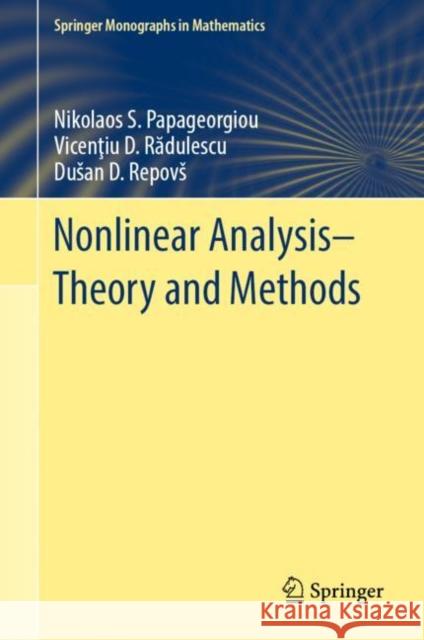Nonlinear Analysis - Theory and Methods » książka
topmenu
Nonlinear Analysis - Theory and Methods
ISBN-13: 9783030034290 / Angielski / Twarda / 2019 / 577 str.
Kategorie:
Kategorie BISAC:
Wydawca:
Springer
Seria wydawnicza:
Język:
Angielski
ISBN-13:
9783030034290
Rok wydania:
2019
Wydanie:
2019
Ilość stron:
577
Waga:
1.08 kg
Wymiary:
23.85 x 16.26 x 3.3
Oprawa:
Twarda
Wolumenów:
01











